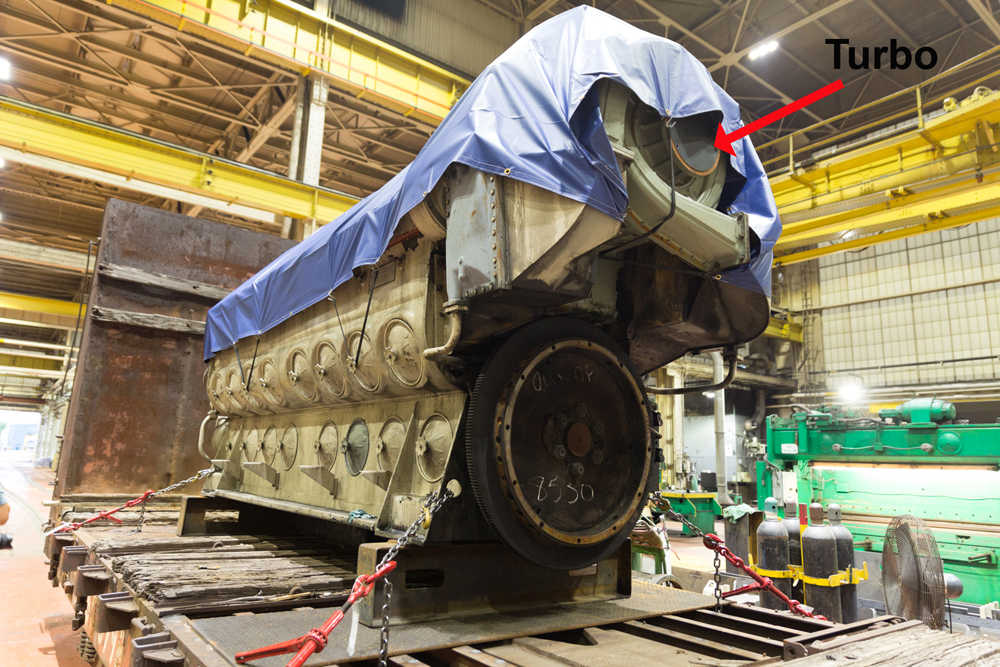
EMD turbochargers For decades, railroads have adapted locomotives to meet the service to which they are assigned. As newer and more powerful locomotives arrive on a roster, older units cascade down to lesser roles. Oftentimes these new assignments don’t require as much horsepower as mainline duties. In low-speed, local or yard service, weight and adhesion […]
Read More…
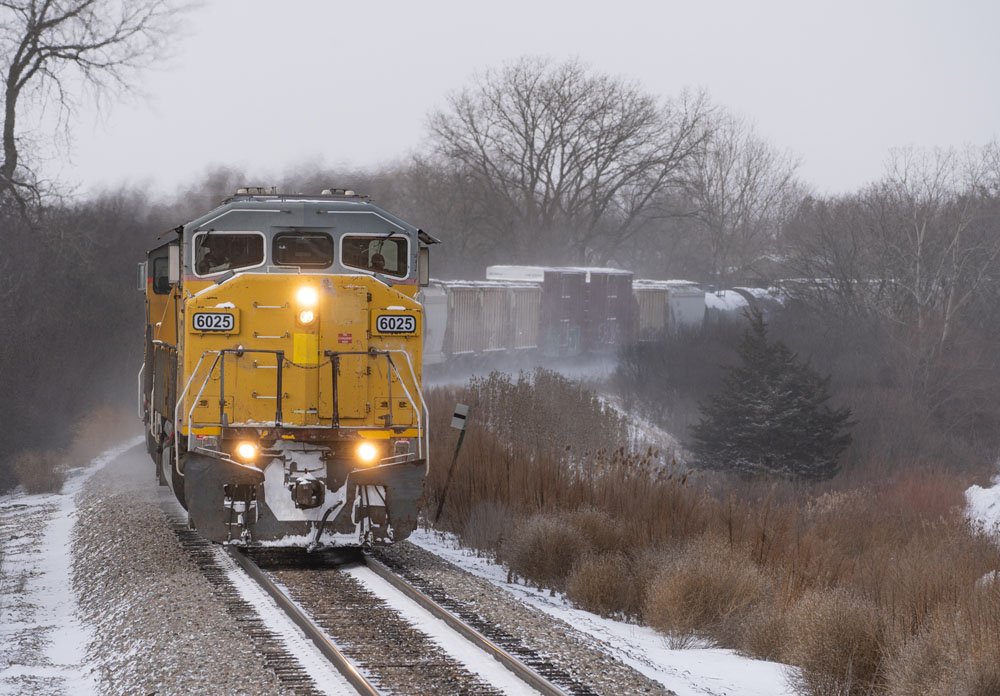
Positive Train Control With Positive Train Control (PTC) fully implemented on a large majority of the nation’s Class Is, passenger, and commuter lines, many short lines and regional railroads have had to comply with the new rules when they operate over another’s PTC-equipped lines. This includes smaller railroads that serve customers on another railroad’s tracks, […]
Read More…
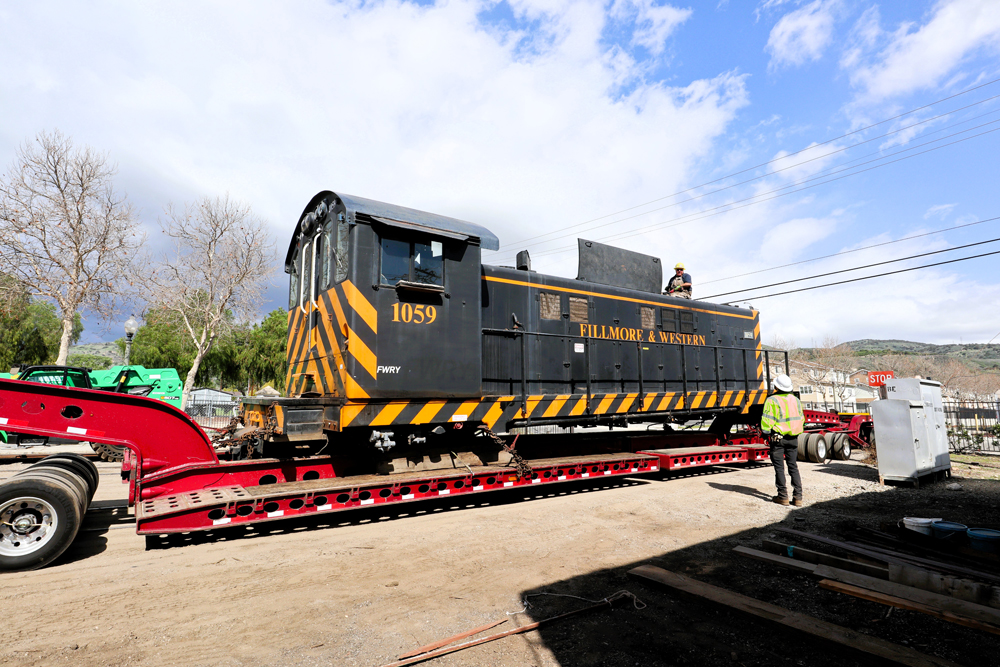
Locomotives and rolling stock: There are a variety of reasons that dictate railroad equipment is better off being transported by truck rather than train. Locomotives and rolling stock may not meet current railroad interchange standards, which includes being too old, and trucks or couplers that have been deemed unfit. They could be damaged beyond being […]
Read More…
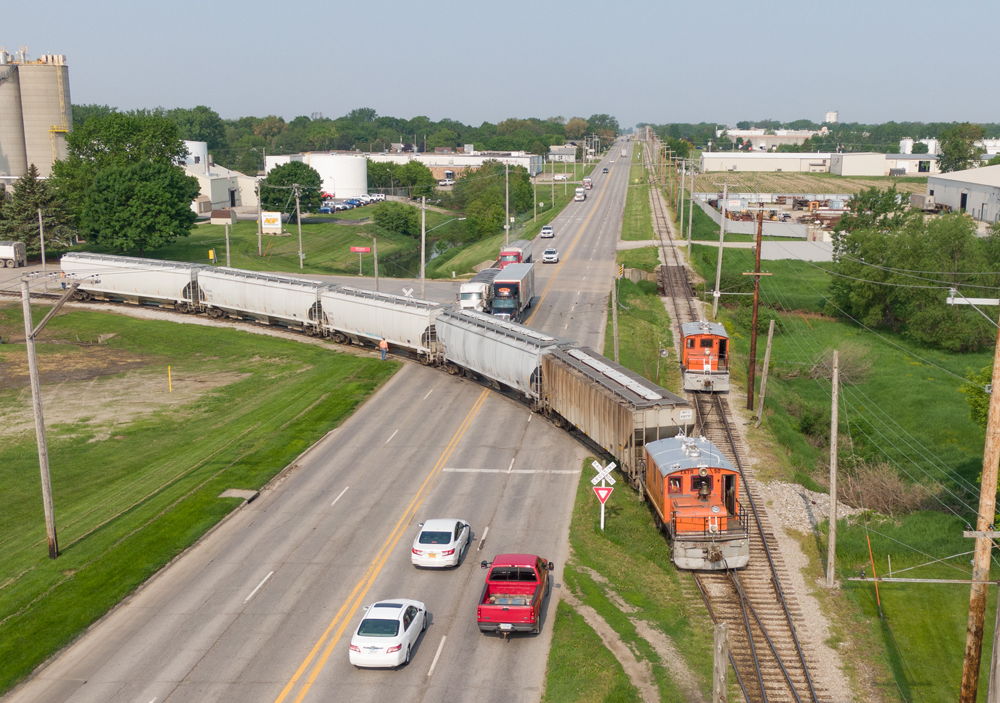
Electrified freight service Hauling freight in the United States is almost exclusively a diesel locomotive affair today. However, a century ago, pockets of territory existed where freight was pulled by electric locomotives. Electrification began in the late 1800s, and by the early 1900s was expanding, primarily in locations where the switch from steam locomotives to […]
Read More…
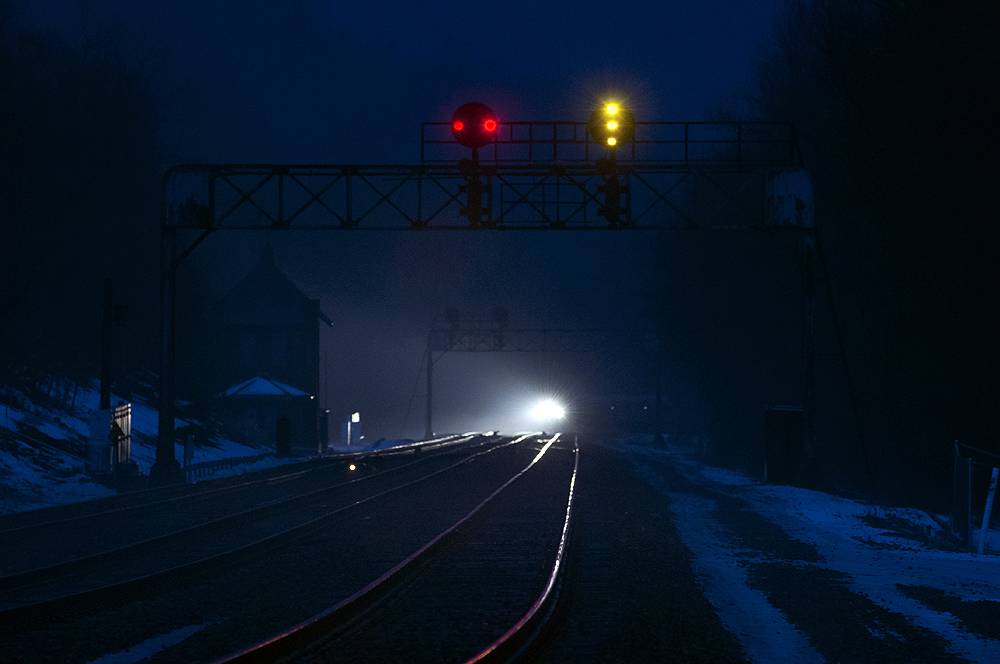
Railroading tools Railroads are fixed-guideway systems for transporting goods or people. Its basis is the low friction, and hence high efficiency, of a hard wheel rolling on a hard surface. They are made up of many elements: people doing different jobs, and hardware for them to use. The jobs range from laborer to strategic planner. […]
Read More…
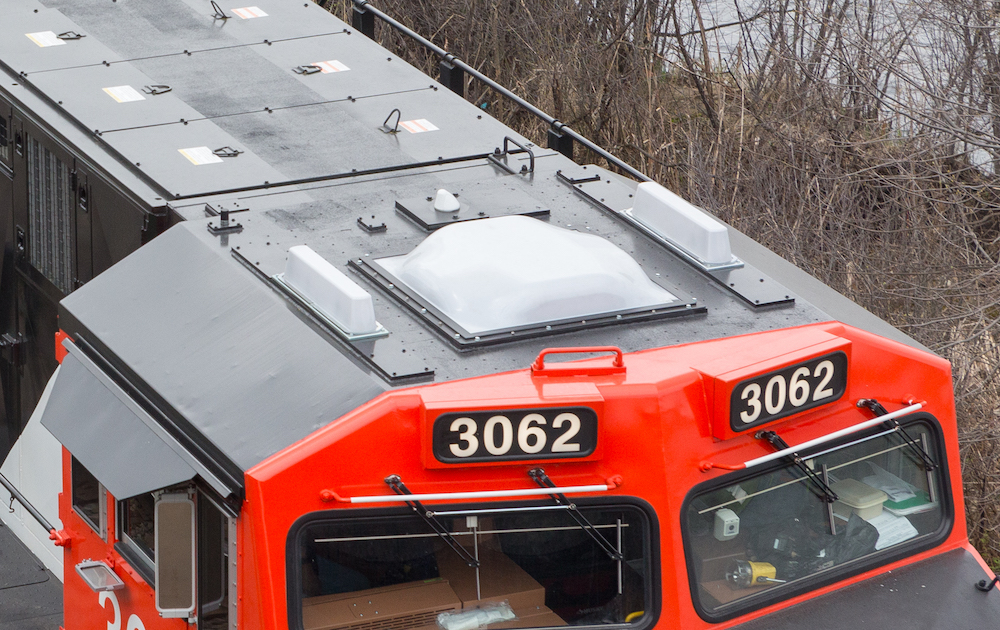
What’s on a locomotive cab roof? A cluttered battle for available space. But that wasn’t always the case. Decades ago, the roof of a locomotive cab was pretty bare. A majority of them had little more than an air horn and a single radio antenna mounted on it. The antenna was connected to the voice […]
Read More…
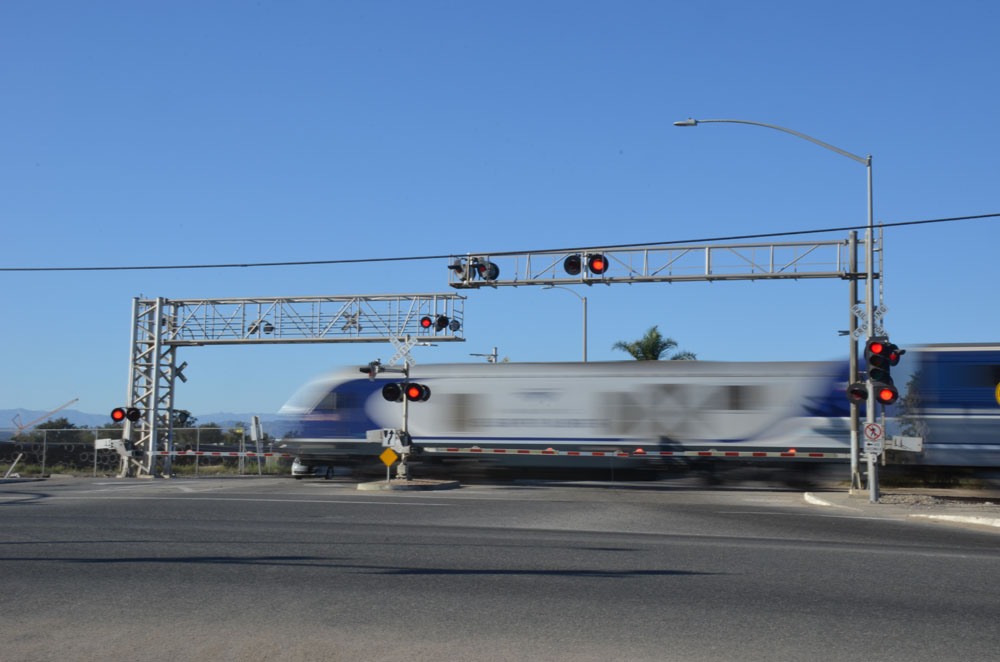
Locomotive air horn Throughout the United States, there are hundreds of thousands of railroad crossings that require sounding the horn. Federal law dictates that the engineer must blow the locomotive air horn with a sequence of blasts in the fashion of long, long, short, and long, no later than 15 seconds and as early as […]
Read More…
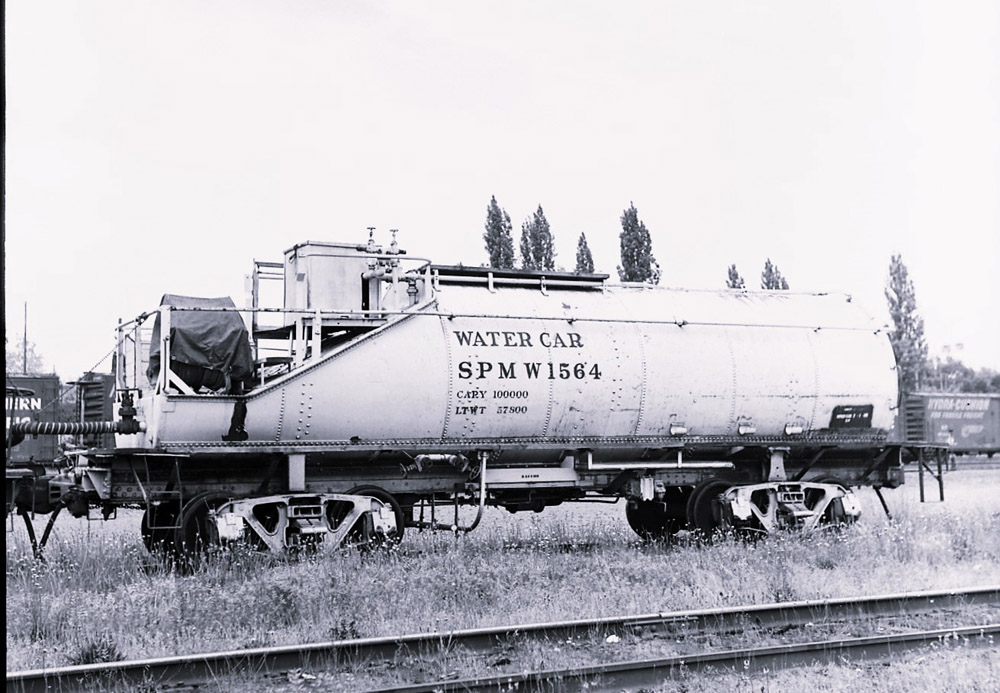
Steam locomotive tenders It’s easy to forget that most steam locomotive designs are usually in two major parts; the locomotive itself and its tender dutifully hauling fuel and water. Take away one, and the other is useless. It seems reasonable to assume that a steam engine and its tender served together from the time they […]
Read More…
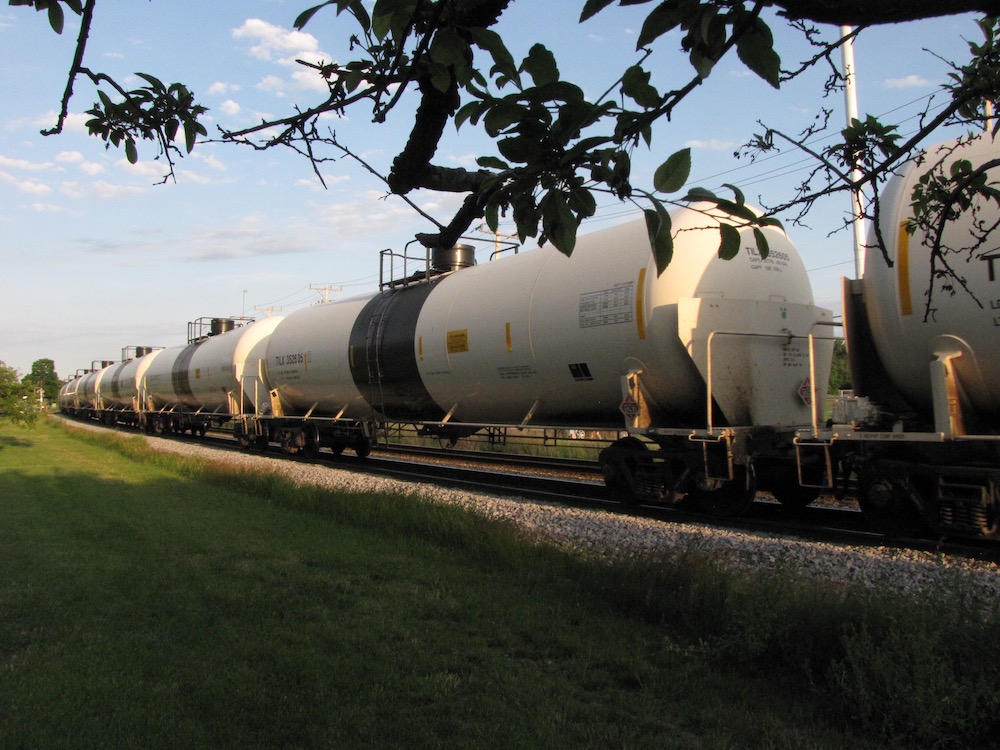
Q What is the meaning of tank car color schemes? Is there a color code? Some tank cars have a contrasting horizontal stripe on the middle section of the tank, while other tank cars are painted a solid color. Since some tank cars carry hazardous or toxic chemicals while others carry edible materials, are the […]
Read More…
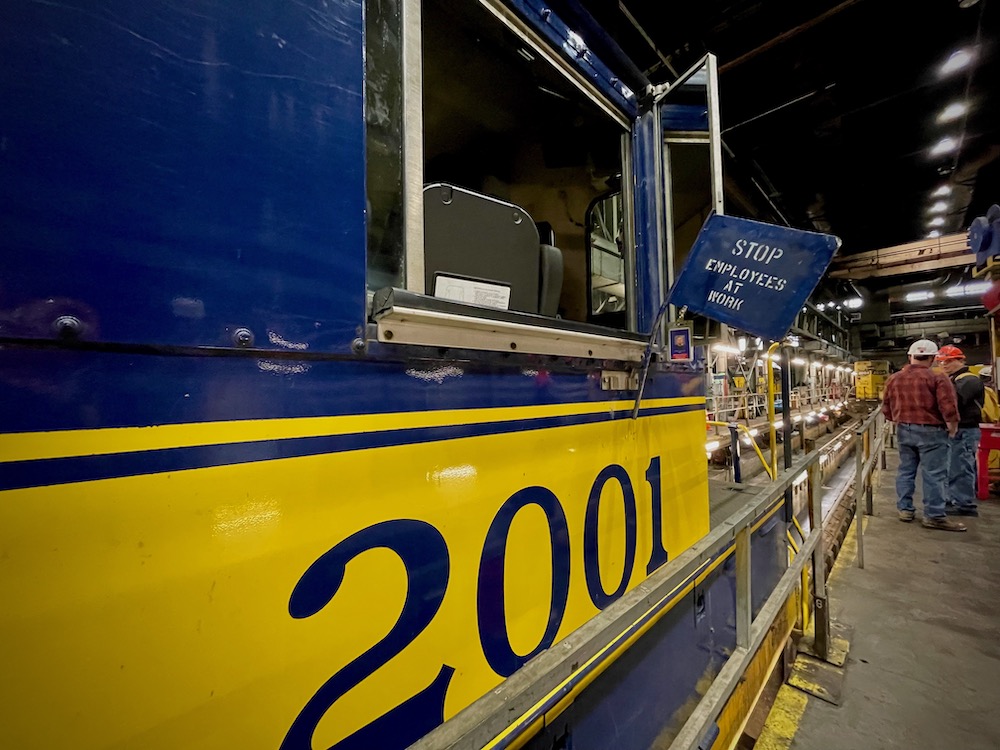
Blue flags protect workers. Here’s how they work. A major consideration in railroad operation is the maintenance that must be done on the rolling stock and track if freight and passengers are to be transported in a safe and timely manner. To maintain cars and locomotives, workers must get on, in between, and under them. […]
Read More…
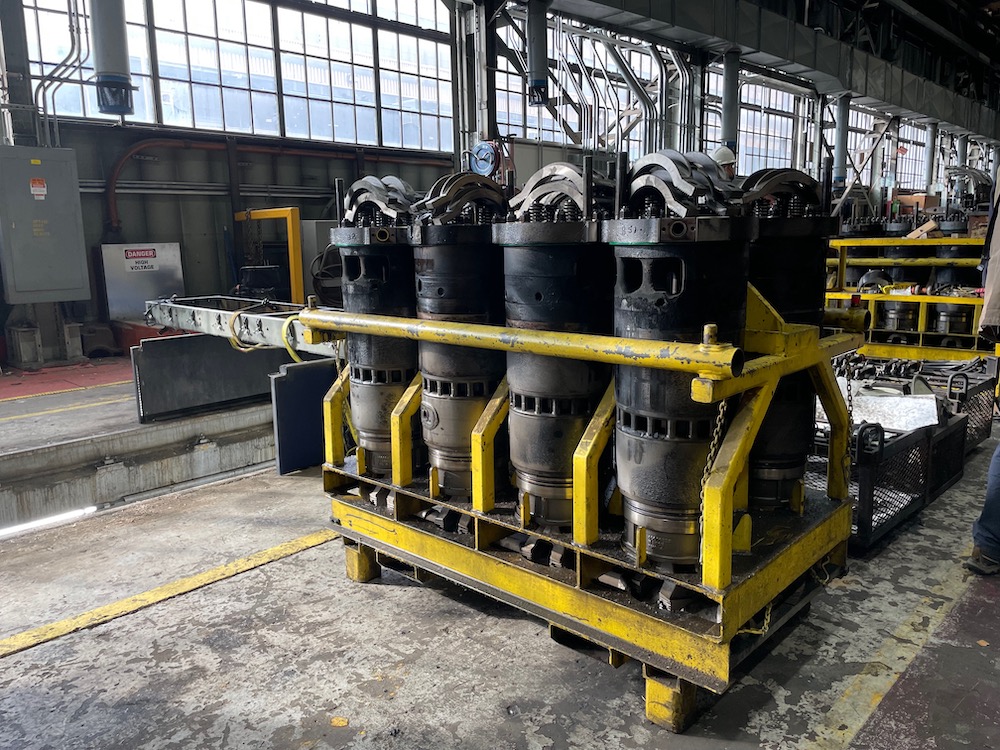
What’s the difference between a four-stroke diesel engine and a two-stroke engine? It’s more than just a matter of numbers, as Vernon L. Smith explained in “Cycles and Cylinders,” in the May 1979 issue of Trains Magazine: A four-cycle engine requires four strokes of the piston, covering two revolutions of the crankshaft, to complete one […]
Read More…
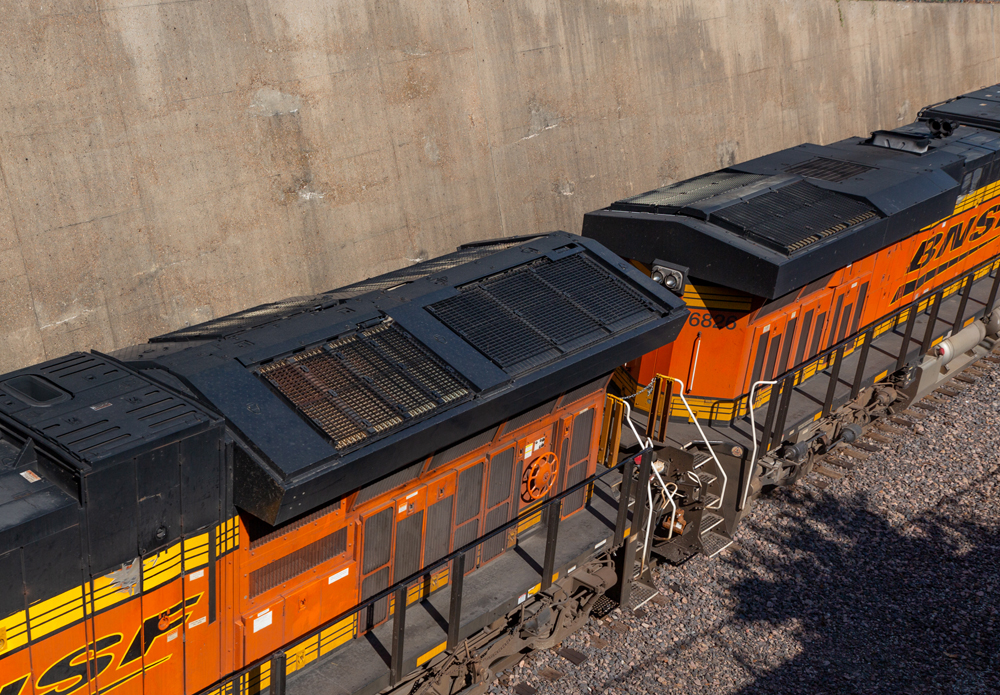
Keep your diesel cool Cooling has always been one of the most important aspects of a locomotive. Simply put, the higher the horsepower, the more cooling a locomotive needs. With the implementation of emission regulations over the last several decades, the amount of cooling has increased to meet requirements at each of the four levels […]
Read More…












